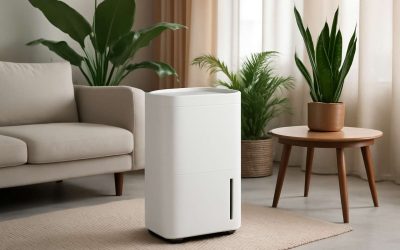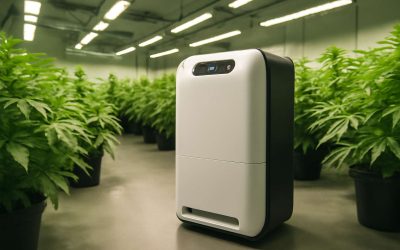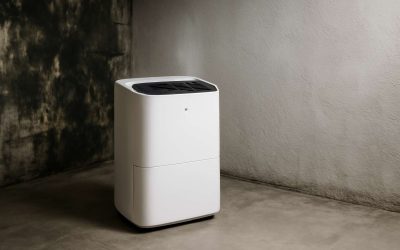A well-designed air purifier removes harmful particles and gases that build up in your home, reducing the risk of allergies, asthma and other respiratory problems. It does so by using a filter that catches and kills airborne germs and viruses (such as Covid-19) and then continuously circulates the clean air throughout your space. Some models even have built-in UV lamps to destroy bacteria and other biological impurities. Other devices use ionization technology to create negative ions that trap molecules and prevent them from entering your lungs. However, the EPA has concerns about these types of devices because they don’t have universal testing standards and may produce ozone (which can be toxic even in low concentrations).
In general, you want an air purifier that’s rated by the Association of Home Appliance Manufacturers (AHAM) for room size and HEPA-style filter. Ideally, it should also have an automatic filter change light or sensor that alerts you when it’s time to replace the filter. This saves energy by ensuring that it’s running only when you need it to be, rather than constantly.
There are two main types of pollutants in the air: particulate matter and gases. Particulate matter consists of coarse particles (up to 10 microns, or PM10) like dust and pollen, which irritate your airways when you inhale them. Fine particles (up to 2.5 microns, or PM2.5) can penetrate deeper into the lungs, where they can cause serious illness, such as heart disease and lung infection. Air pollution also comes from gases, such as carbon monoxide and volatile organic compounds (VOCs), which can form from glues, paints and cleaning products. Air purifiers typically catch and remove most particulate matter and VOCs, but they can’t stop you from cooking or smoking inside or from exposing yourself to temporary pollutants that dissipate after fires and natural disasters.
The best air purifiers combine a HEPA-style filter with a fan to pull in air from the outside, pass it through the filters and then push out filtered air into the room. Some use smart sensors to monitor and control the device via your smartphone or other wireless devices. These apps let you check the air quality, turn on and off your purifier and order replacement filters.
Aside from being used as a preventive measure at home, air purifiers can be beneficial in closed offices, open or coworking spaces, shops and hairdressing salons. They can also be useful in schools, hotels or restaurants and the medical and paramedical sectors. However, due to the outbreak of the Covid-19 pandemic, they have become essential in hospitals and tertiary care facilities as a way to limit transmission of the virus and reduce the number of cases of pneumonia and other respiratory diseases caused by poor indoor air quality.



0 Comments